Complete Beer Brewing System
Brewing beer is as much an art as it is a science. Whether you’re a craft beer enthusiast, an aspiring microbrewery owner, or a seasoned brewer looking to upgrade, understanding the complete beer brewing system is essential. This guide unpacks everything you need to know—from the equipment needed to the brewing process, layout customization, and installation tips. Plus, we’ve included handy comparison tables and FAQs to make your decision-making process smoother. Ready to dive into the world of brewing? Let’s go!
Overview: What is a Complete Beer Brewing System?
A complete beer brewing system encompasses all the equipment and processes required to convert raw ingredients like malt, hops, yeast, and water into beer. These systems cater to hobbyists and professionals, offering options ranging from compact home setups to industrial-scale equipment for commercial production.
Modern systems focus on efficiency, consistency, and flexibility, blending traditional brewing methods with advanced technology. They include everything from mash tuns and fermentation tanks to cooling systems and automated controls. But which system is right for you? Let’s explore.
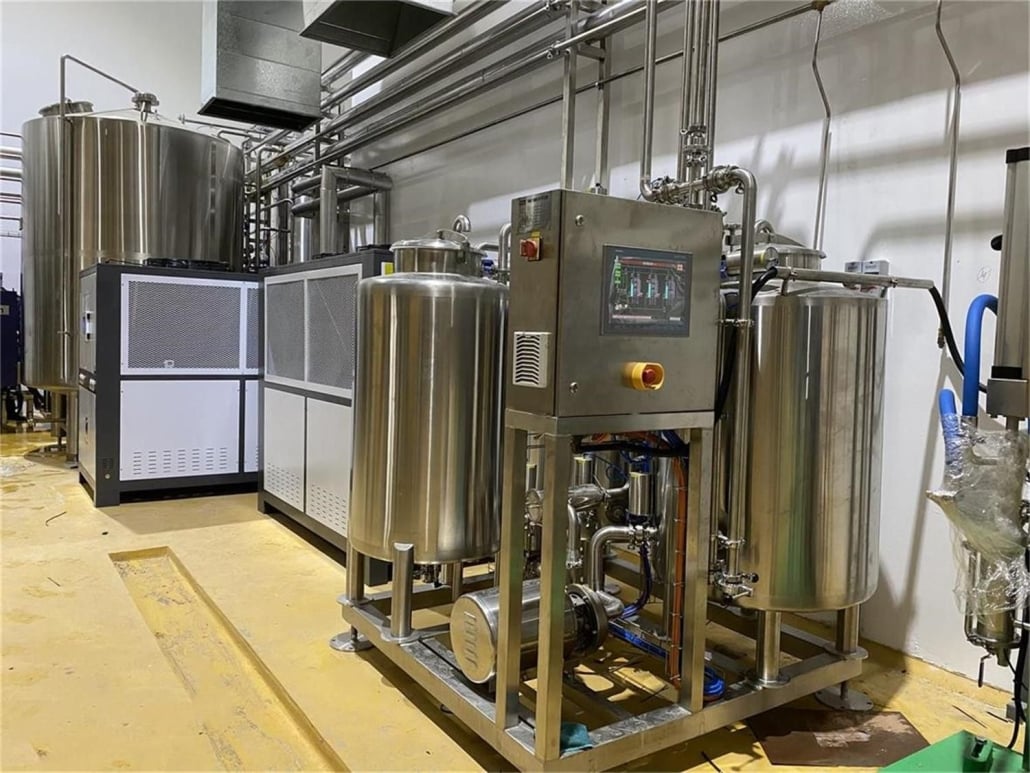
Beer Brewing Equipment
Brewing beer requires precision and a well-coordinated system. Here’s a detailed look at the essential components:
Main Equipment Types in a Brewing System
| Equipment | Purpose | Key Features |
|---|---|---|
| Mash Tun | Converts malted barley into wort (sugary liquid) | Insulated for temperature control, includes stirring mechanism |
| Lauter Tun | Separates spent grains from wort | Designed with false bottoms or filters for efficient separation |
| Brew Kettle | Boils wort and adds hops | Features heating systems (gas, electric, or steam), whirlpool capabilities |
| Fermentation Tank | Converts wort into beer through fermentation | Comes in various sizes, typically made of stainless steel, often with cooling jackets |
| Cooling System | Rapidly cools wort to ideal fermentation temperature | Plate chillers or glycol systems to ensure precise temperature control |
| Control Panel | Automates and monitors the brewing process | Includes sensors, timers, and programmable settings |
| Cleaning System (CIP) | Ensures hygiene and prevents contamination | Automated or manual systems with high-pressure cleaning solutions |
These components work together seamlessly to brew beer. Systems can be tailored to your space, batch size, and level of automation.
Brewing Process: Step-by-Step Explanation
Brewing beer is a meticulous yet rewarding process. Here’s how it all comes together:
1. Malting and Milling
The journey begins with malting, where grains are soaked, germinated, and kilned. Once malted, grains are milled to break the husk and expose starches, which will later convert to sugars.
2. Mashing
Milled grains are mixed with hot water in the mash tun, allowing enzymes to break down starches into fermentable sugars. This process, known as saccharification, creates wort, the foundation of your beer.
3. Lautering
The wort is drained into the lauter tun, where it’s separated from the spent grains. Additional water is sparged over the grains to extract residual sugars.
4. Boiling
Wort is transferred to the brew kettle, boiled, and hops are added at various stages to impart bitterness, flavor, and aroma.
5. Cooling and Fermentation
The hot wort is rapidly cooled and transferred to fermentation tanks. Yeast is added, kicking off fermentation, where sugars convert into alcohol and carbon dioxide.
6. Conditioning and Packaging
The beer is conditioned to develop its flavor profile, then filtered, carbonated, and packaged into kegs, bottles, or cans.
Customization: Capacity, Space, and Layout Options
Customizing a brewing system involves evaluating your brewing goals and available space. Here’s a guide to help you choose:
| Parameter | Options | Considerations |
|---|---|---|
| Capacity | 5–10 liters (homebrew), 100–5,000 liters (microbreweries), 10,000+ liters (industrial) | Match to production goals and market demand |
| Space Requirements | Compact systems for home use; larger setups for commercial use | Plan for ventilation, drainage, and utilities |
| Layout Design | Modular, inline, or custom layouts | Ensure workflow efficiency and safety |
| Automation Level | Manual, semi-automated, or fully automated systems | Higher automation improves consistency but increases cost |
Working closely with suppliers ensures a setup tailored to your needs.
Suppliers and Price Ranges of Complete Beer Brewing Systems
The price of a brewing system depends on size, features, and quality. Here’s a comparison:
| Supplier | Price Range | Special Features |
|---|---|---|
| ABC Brewing Systems | $5,000–$25,000 | Compact systems, ideal for beginners |
| BrewTech Innovations | $20,000–$100,000 | Customizable options, advanced automation |
| CraftPro Equipment | $50,000–$200,000 | Focus on energy efficiency and scalability |
| InduBrew Machinery | $100,000+ | Industrial-scale systems for large breweries |
It’s essential to balance cost with quality and after-sales support.
Installation, Operation, and Maintenance
Proper setup and maintenance are critical for brewing success. Let’s break it down:
| Aspect | Details |
|---|---|
| Installation | Requires expert technicians to ensure correct assembly, alignment, and calibration |
| Operation | Involves training staff on brewing procedures, safety protocols, and equipment usage |
| Maintenance | Regular cleaning, calibration, and inspection prevent breakdowns and ensure product quality |
Routine maintenance helps prolong equipment lifespan and ensures compliance with health regulations.
How to Choose the Right Supplier
Not all suppliers are created equal. Here’s what to consider when choosing one:
| Factor | What to Look For |
|---|---|
| Reputation | Check customer reviews, testimonials, and years in business |
| Customization | Ability to tailor systems to your specific needs |
| After-Sales Support | Warranty, spare parts availability, and customer service |
| Price Transparency | Avoid hidden costs; ensure quotes include installation and shipping |
Partnering with a reputable supplier minimizes risks and ensures long-term satisfaction.
Advantages and Limitations of Complete Beer Brewing Systems
Every system has its pros and cons. Here’s a comparison:
| Advantages | Limitations |
|---|---|
| High efficiency and consistency | Initial investment can be high |
| Scalable for growing production | Requires significant space and utilities |
| Advanced automation reduces labor | Steep learning curve for beginners |
| Enhanced quality control | Maintenance and upkeep costs |
Choosing the right system means weighing these factors against your goals and budget.
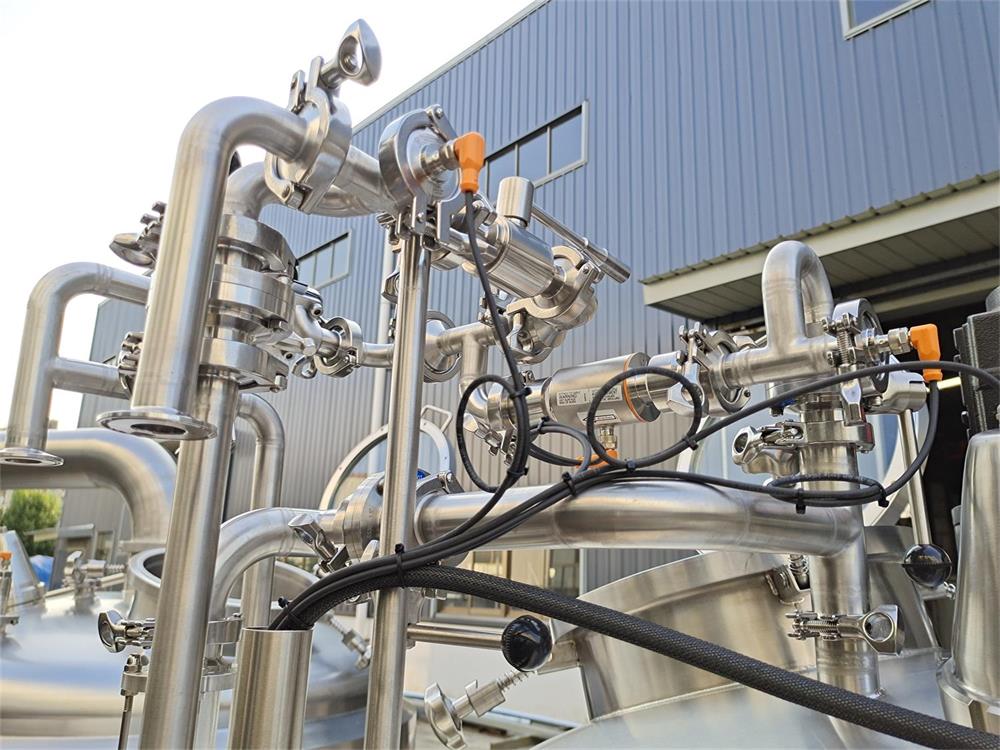
FAQs
| Question | Answer |
|---|---|
| What’s the cost of a complete brewing system? | Prices range from $5,000 for small setups to over $200,000 for industrial-scale systems. |
| Can I brew all beer types with one system? | Yes, most systems are versatile enough for lagers, ales, stouts, and more. |
| How much space do I need? | Compact systems need as little as 50 sq. ft., while larger setups require 500+ sq. ft. |
| Is automation necessary? | Not for small batches, but essential for consistency in larger-scale production. |
| How long does brewing take? | Typically 4–6 weeks from start to finish, depending on the beer style. |
Conclusion
Investing in a complete beer brewing system can transform your brewing experience, offering unparalleled control, efficiency, and quality. Whether you’re crafting small batches or scaling up to commercial production, understanding your options ensures you make the right choice.

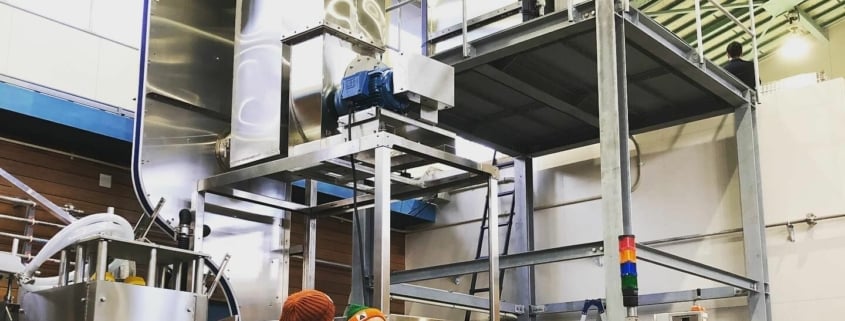
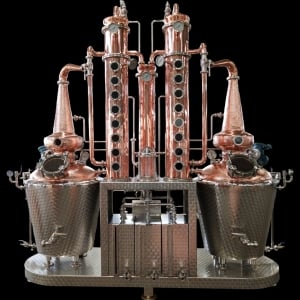


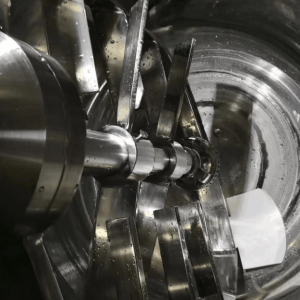
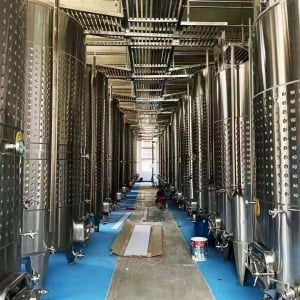


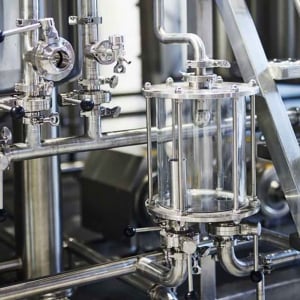
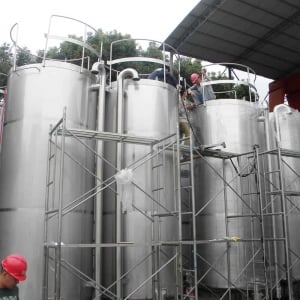
 Commercial Brewing Equipment
Commercial Brewing Equipment
